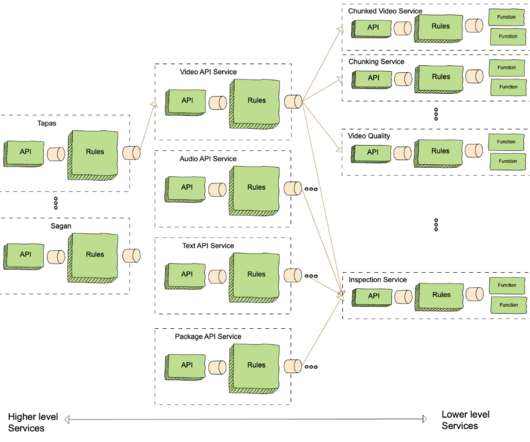The Real Problem with Software Development
O'Reilly
SEPTEMBER 12, 2023
That statement nicely summarizes what makes software development difficult. It’s not just memorizing the syntactic details of some programming language, or the many functions in some API, but understanding and managing the complexity of the problem you’re trying to solve. Controlling complexity is.” That brings me to my main point.












Let's personalize your content